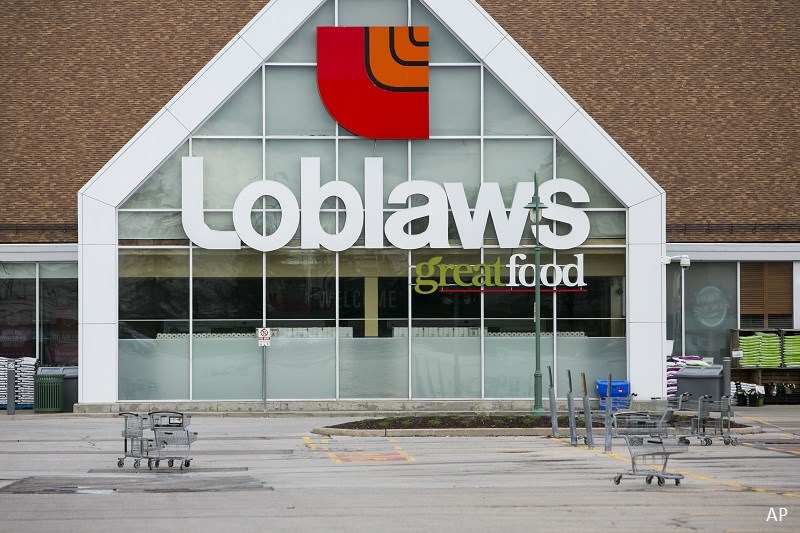Ian Tam: The popularity of dividend investing among retail investors is un-doubtable and for a good reason. Dividend-paying companies provide a good alternative for those that require steady distribution of cash from their investment during a time where ultra-low interest rates make bonds far less attractive than they once were. Consistent dividend payers are also typically large companies that show lower volatility in returns over time. But all this said, the pandemic has seen many companies cut or suspend their dividends completely which has wreaked havoc on dividend portfolios.
Now, there is no surefire way to tell in advance which companies will plan to cut dividends, but there is one measure that can give investors a very big hint. The measure is called the dividend payout ratio or in some markets it's referred to as the dividend cover. In a nutshell, this is the proportion of a company's earnings or operating cash flow that is paid out through distributions or dividends. So, for example, if a company reported earnings per share of $1 and pays a dividend of $0.80, the payout ratio on earnings would be 80%. The inverse of this for some markets is referred to as the dividend cover. So, for certain sectors like utilities, energy and real estate, it actually might make more sense to calculate this dividend payout ratio against a company's operating cash flow per share as opposed to the earnings per share. And also, remember that for many companies we can leverage estimates from the Street for more of a forward-looking view which might serve useful as we await companies reporting results after the fallout of COVID-19 in the first quarter. We can do this by substituting fiscal year earnings estimates from the street in place of reported earnings per share.
So, if you think about this logically, a company that earns $1 per share and pays out $1.50 in dividends is really paying out more than they are making and that's a practice that really isn't sustainable over time. Generally speaking, investors are served well to look for companies with conservative or lower dividend payout ratios, or if it used a dividend cover, look for higher dividend cover. Experienced investors will quickly realize that this is a balancing act. So, a company that has a 10% yield might appear very attractive on the surface, but if you look deeper into the dividend payout ratio, that will give you a clue on how sustainable that dividend is going to be in the future.
For Morningstar, I'm Ian Tam.
Understand the rules of responsible investing
Learn about how ESG regulations affect investors and managers in our latest report




















